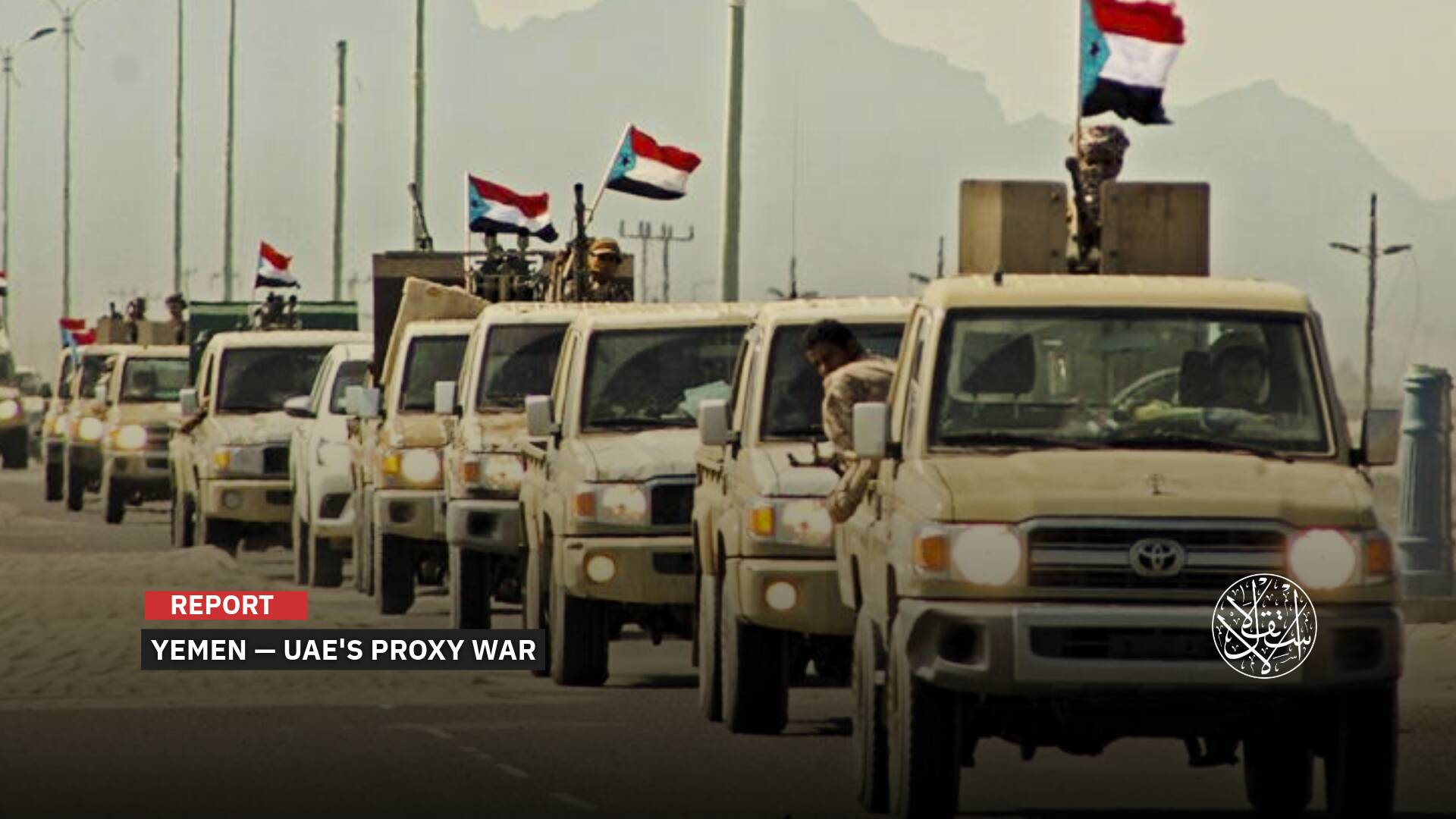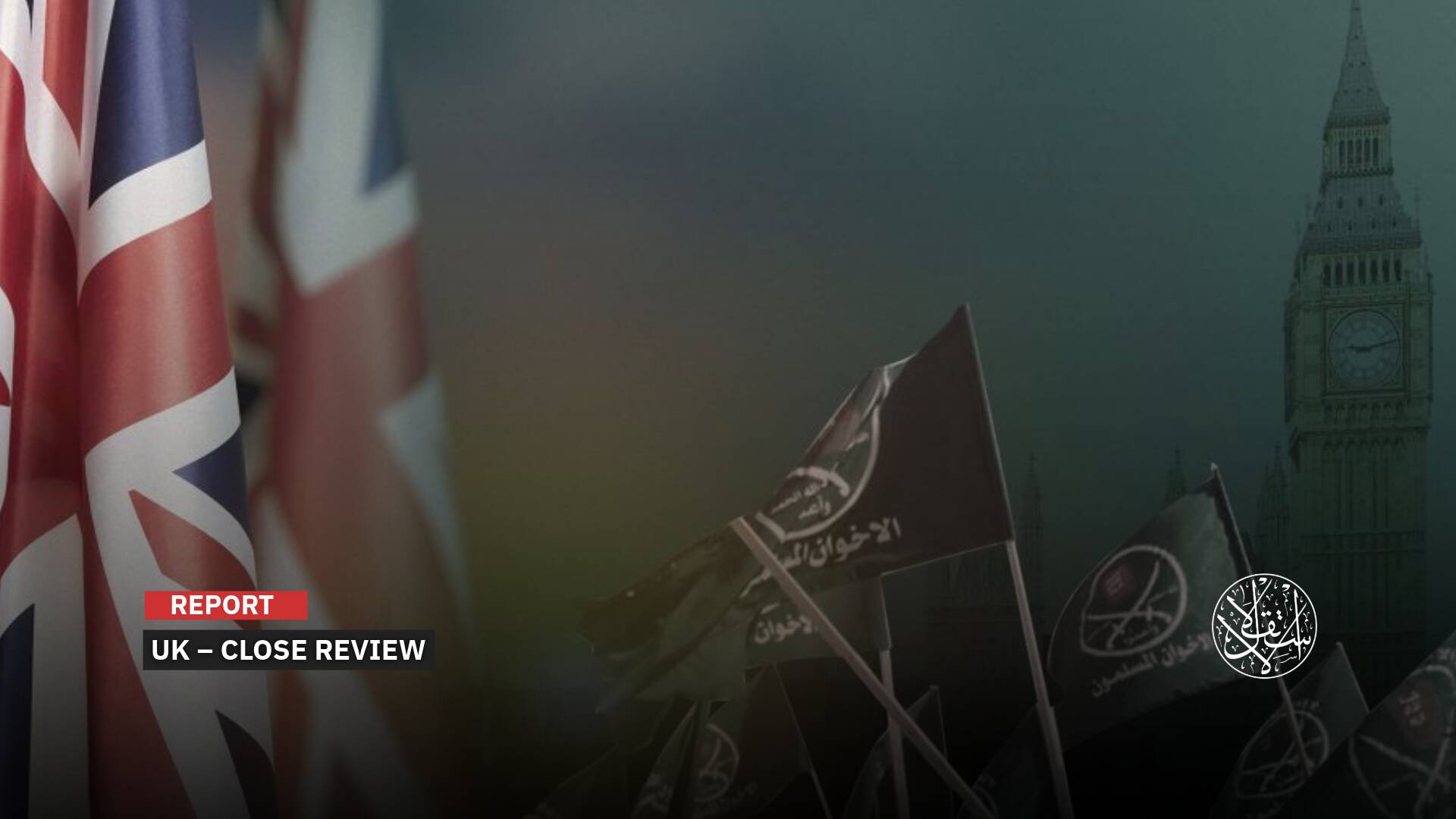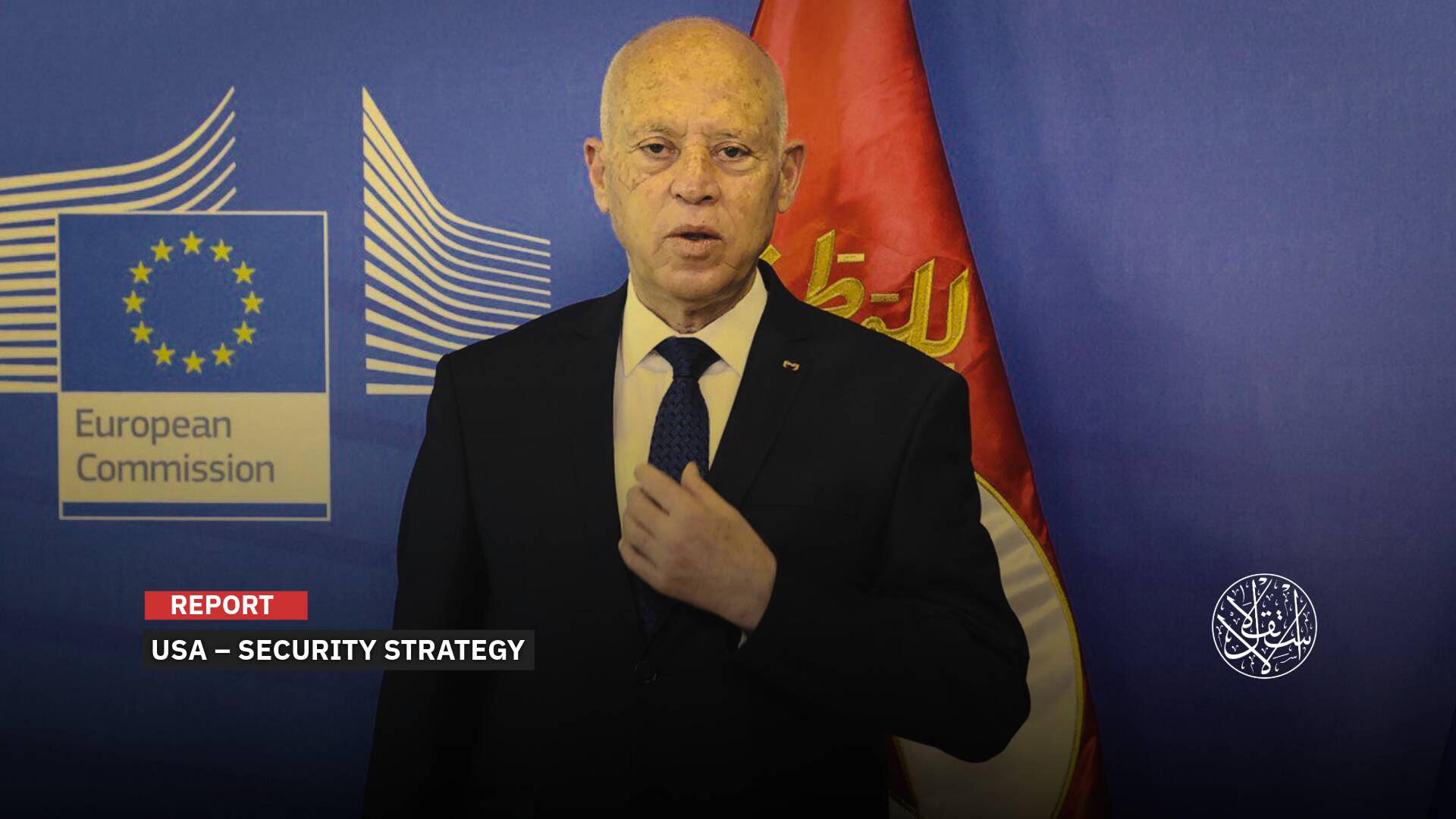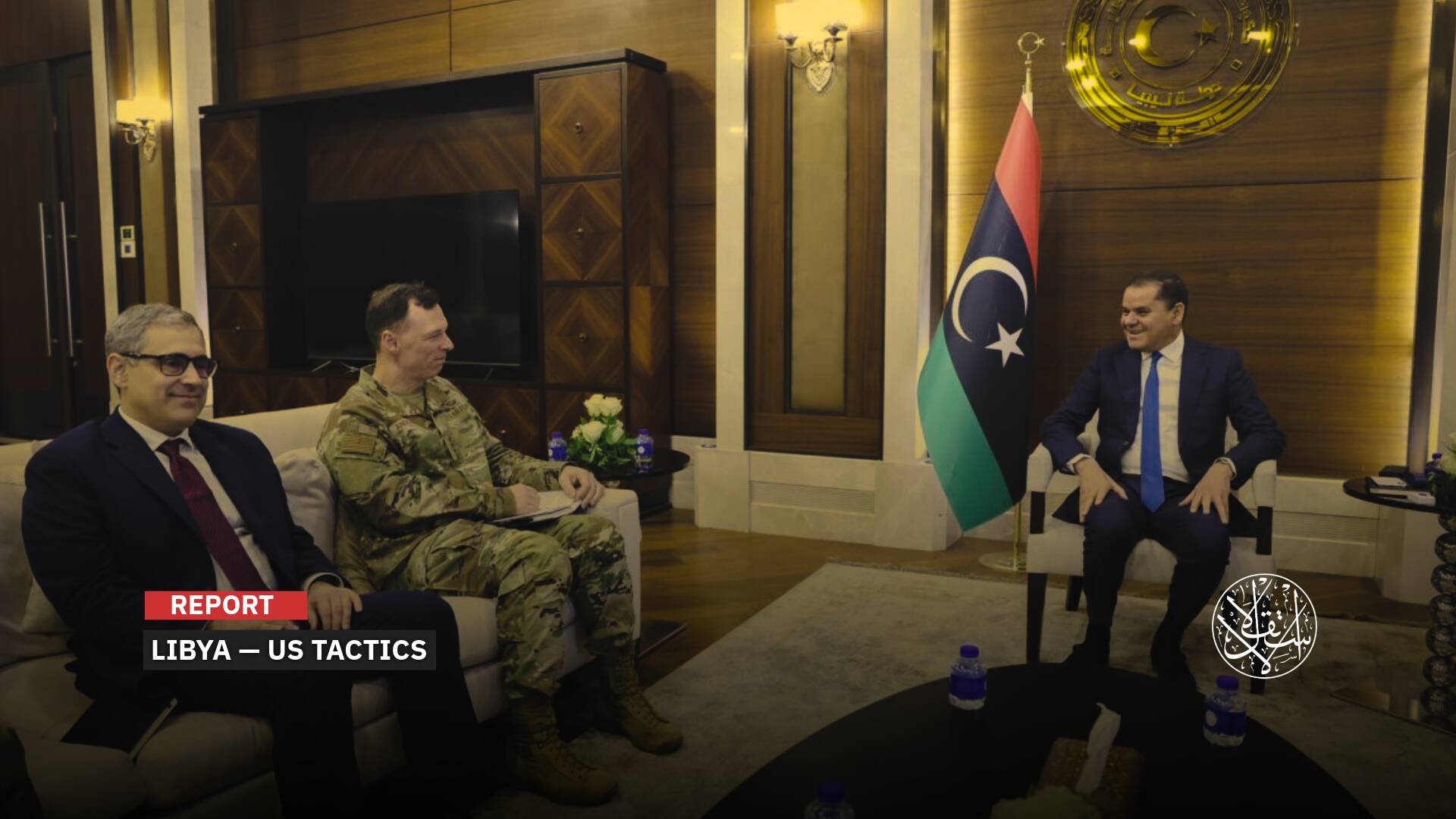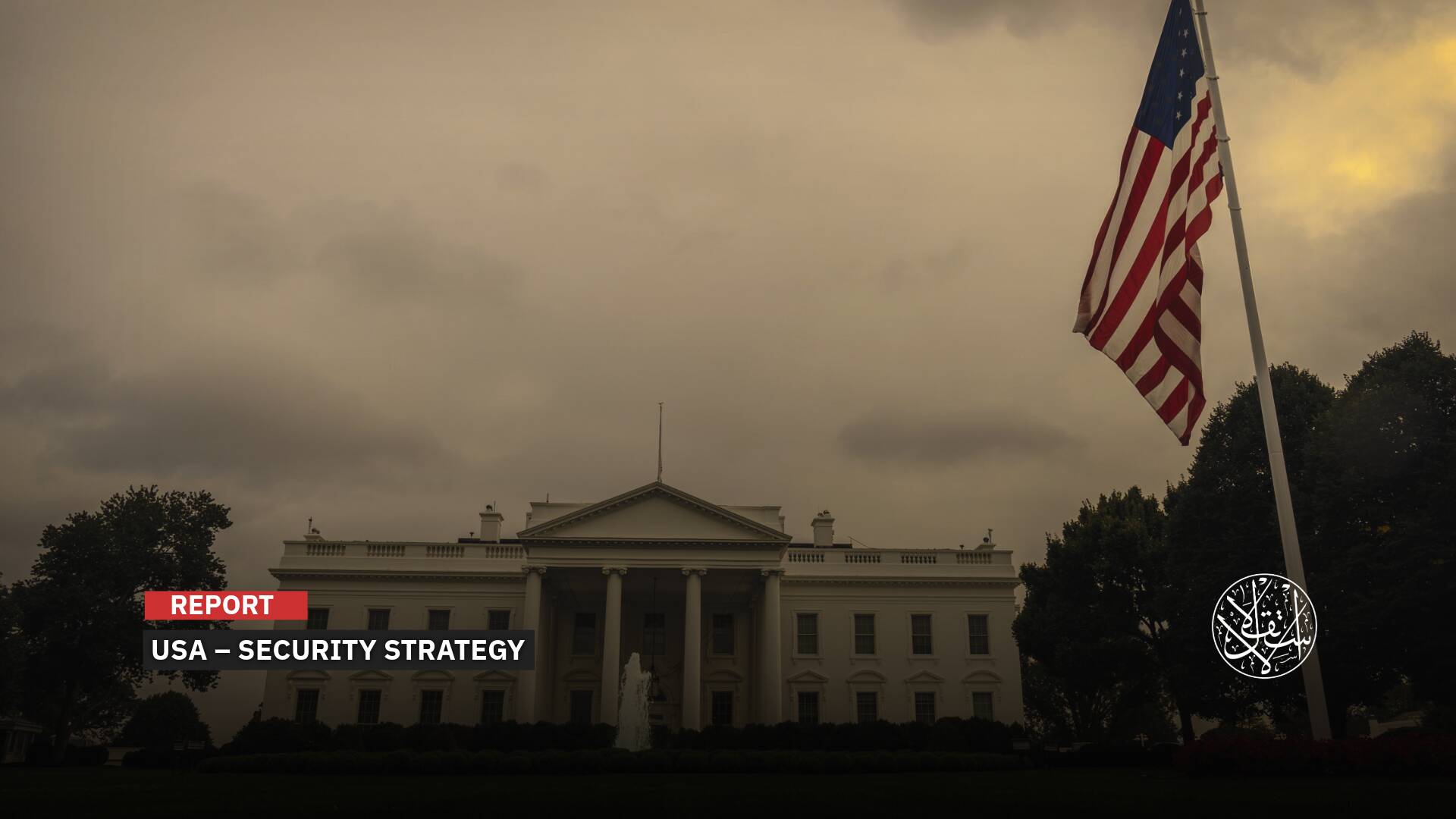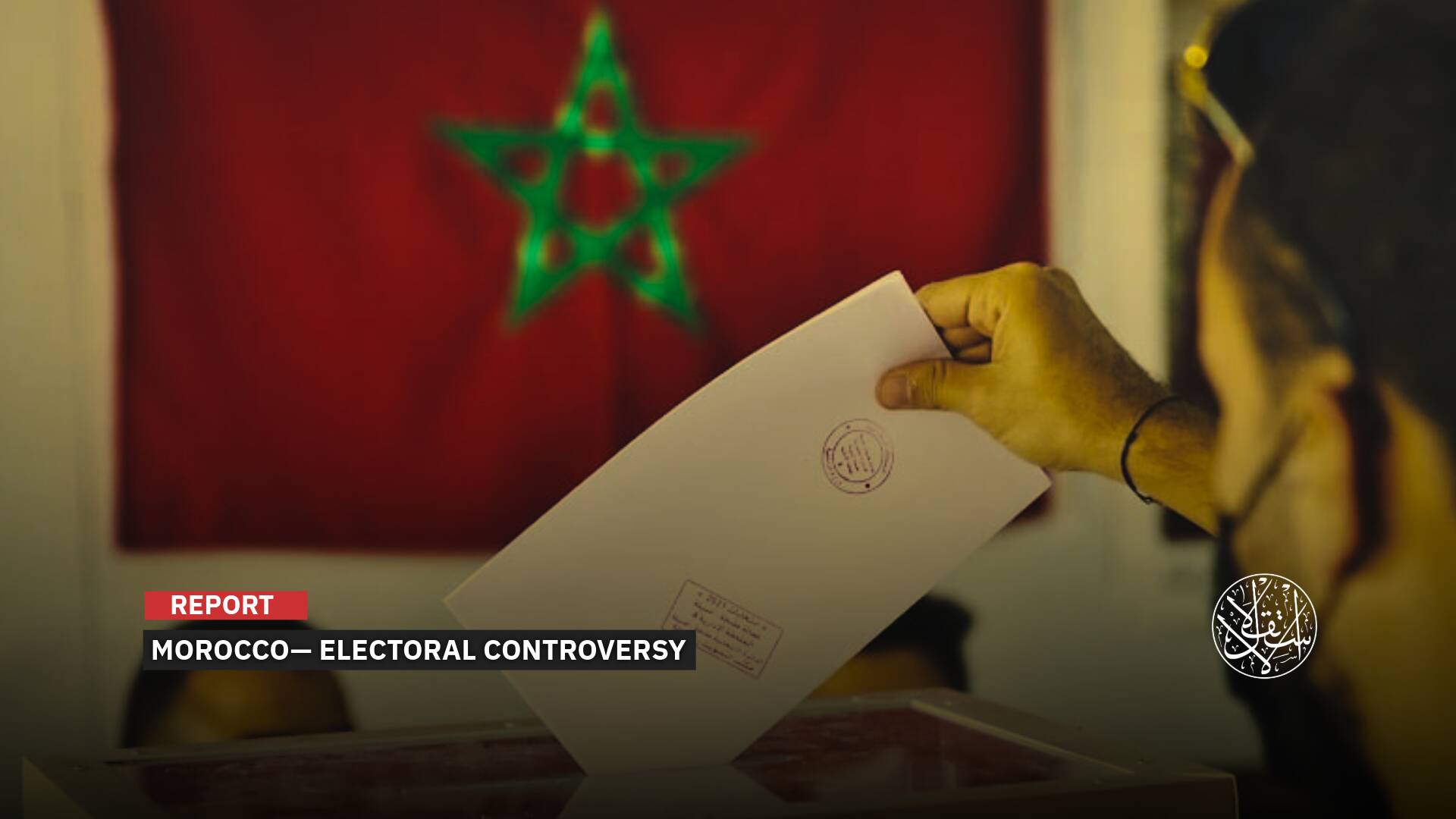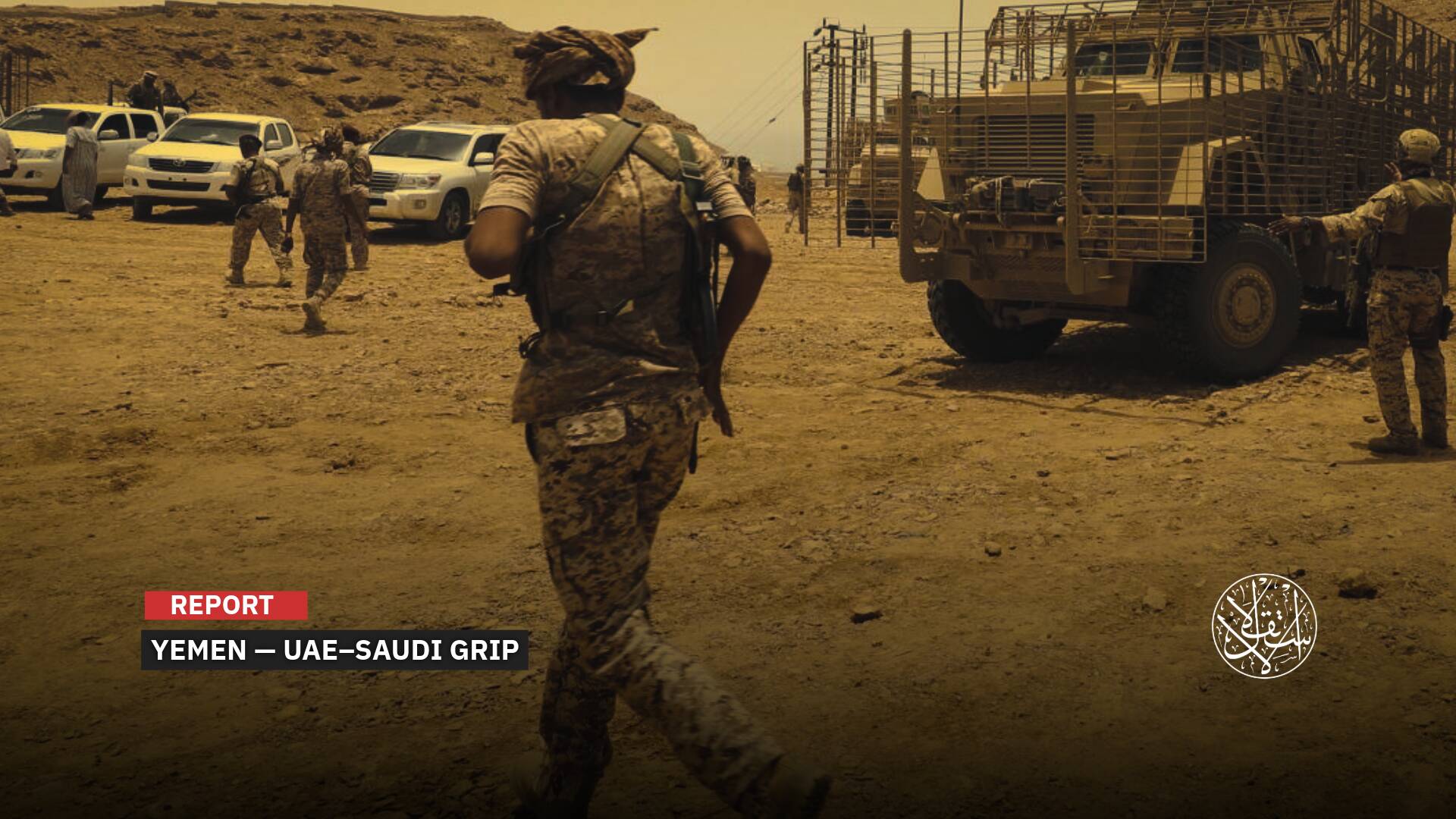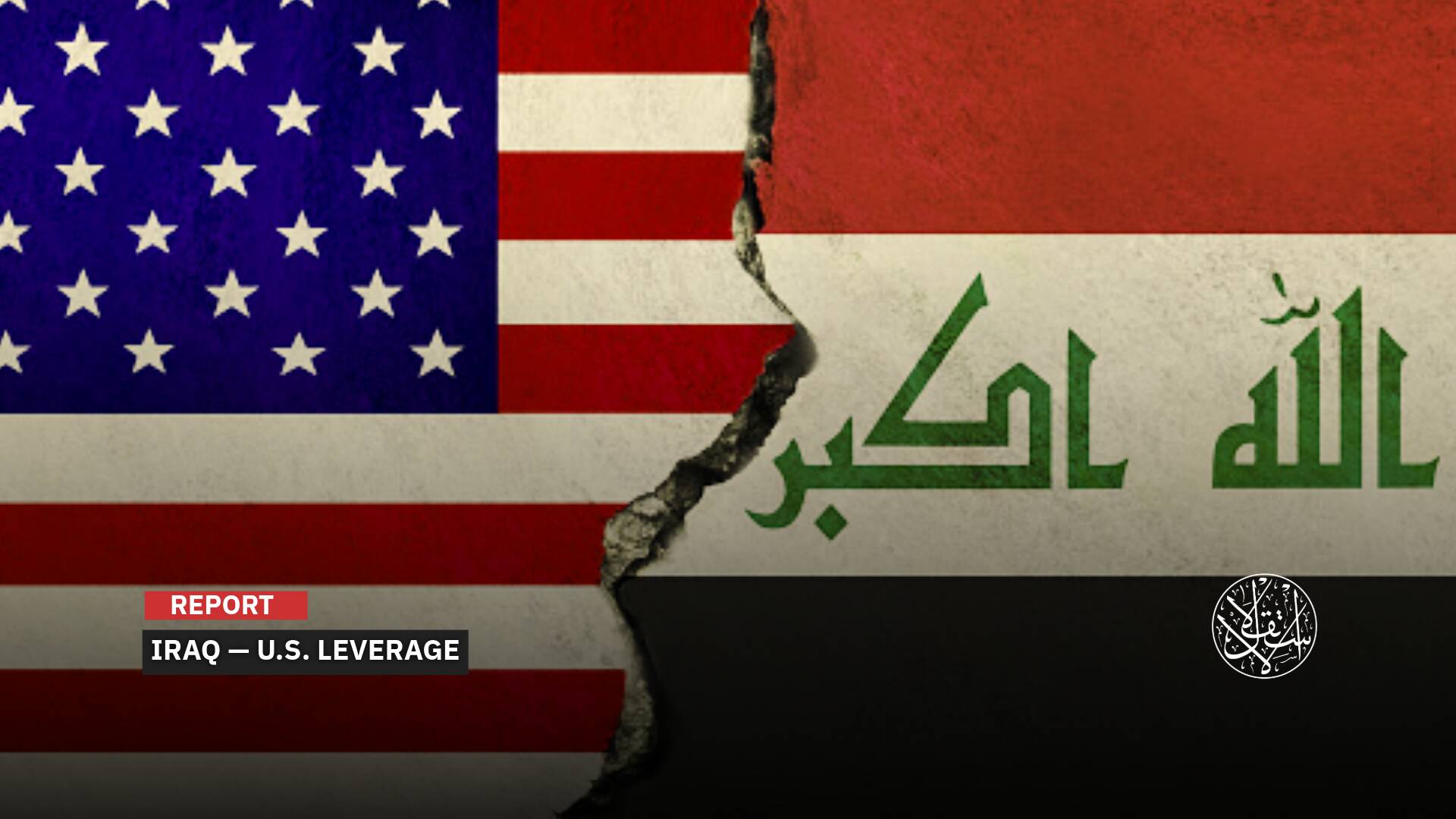Improving Relations Between Russia and the U.S.: What It Means for the New Syria
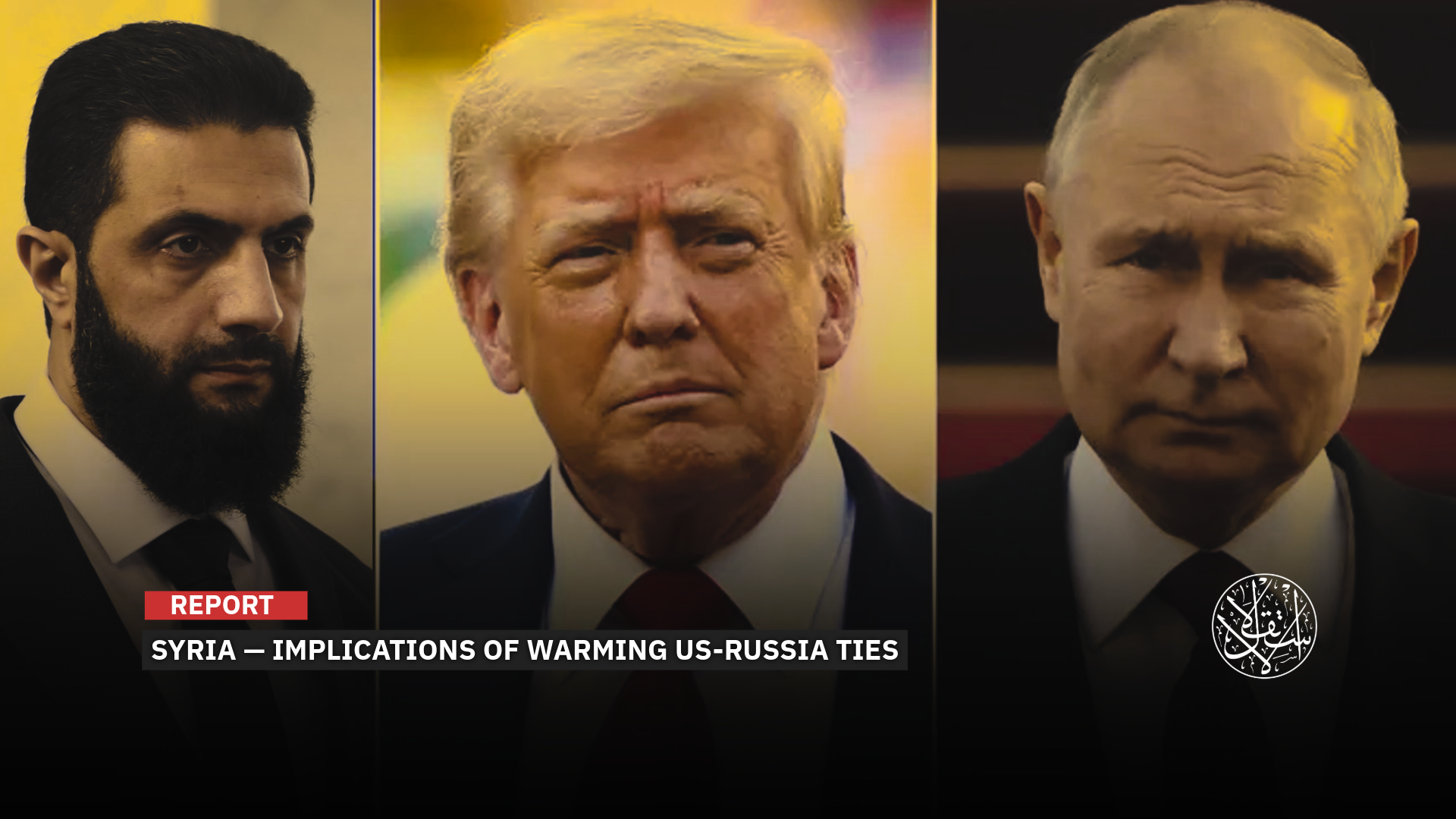
“The meeting between Putin and Trump likely touched on the nature of Russia’s presence in Syria.”
President Donald Trump facilitated a striking return for his Russian counterpart, Vladimir Putin, to the diplomatic stage on August 15, 2025, when he welcomed him in Alaska on the red carpet.
During the reception, Trump showed warmth towards the Russian leader and handed him a peace message written by his wife Melania, urging Putin to achieve peace for the sake of the children in Ukraine.
Trump sought to reach out to Putin shortly after beginning his second term, particularly as he had promised during his campaign to end the war in Ukraine within twenty-four hours.
Presenting himself as a skilled dealmaker, Trump described the meeting with Putin as very productive, noting that agreement had been reached on many points. He added that only a few remained unresolved, some of which were not particularly significant, without specifying their nature.
Another round of consultations is expected to restore relations between Russia and the United States to normal, a development that could have implications for foreign affairs in countries where Moscow and Washington continue to influence political and security stability, notably Syria.

Syria Remains in Focus
Russia has been the dominant player in Syria since 2015, and the fall of its main ally, the Bashar al-Assad regime, on December 8, 2024, represented a setback for its interests in the Middle East.
Yet Russia signaled a renewed engagement with Syria after hosting Foreign Minister Asaad al-Shaibani in Moscow on July 31, 2025, accompanied by Defense Minister Murhaf Abu Qasra and Intelligence Chief Hussein al-Salama.
During the visit, Putin and Foreign Minister Sergey Lavrov met with al-Shaibani in Moscow, which continues to host the ousted head of the Syrian regime.
At a joint press conference, al-Shaibani announced that he had agreed with Lavrov to form two committees tasked with reassessing previous agreements between Syria and Russia.
He said Syria had a real chance to become strong and united, and voiced hope that Moscow would back Damascus in that push.
It was clear that Russia still seeks to protect its interests in Syria, while Damascus looks to repair relations with the enemy of the Syrian people.
Since the fall of the Assad regime and Moscow’s role in securing his escape, Russia has continued to monitor developments in Syria closely.
This is particularly true amid uncertainty over the future of two Russian military bases on Syrian soil that provide Moscow with strategic influence in the Mediterranean.
Russia is currently seeking to preserve the legal status of its airbase in Hmeimim near Latakia and its naval base in Tartus. These are Moscow’s only military facilities outside the former Soviet Union, ensuring their operation under agreements with the ousted Assad regime.
Earlier, Syrian President Ahmed al-Sharaa held a phone call with Putin on February 12, 2025, marking their first contact since Assad’s fall.
The Kremlin said Putin had wished al-Sharaa success in leading Syria’s new government, stressing Russia’s long-standing ties of friendship and cooperation with the Syrian people.
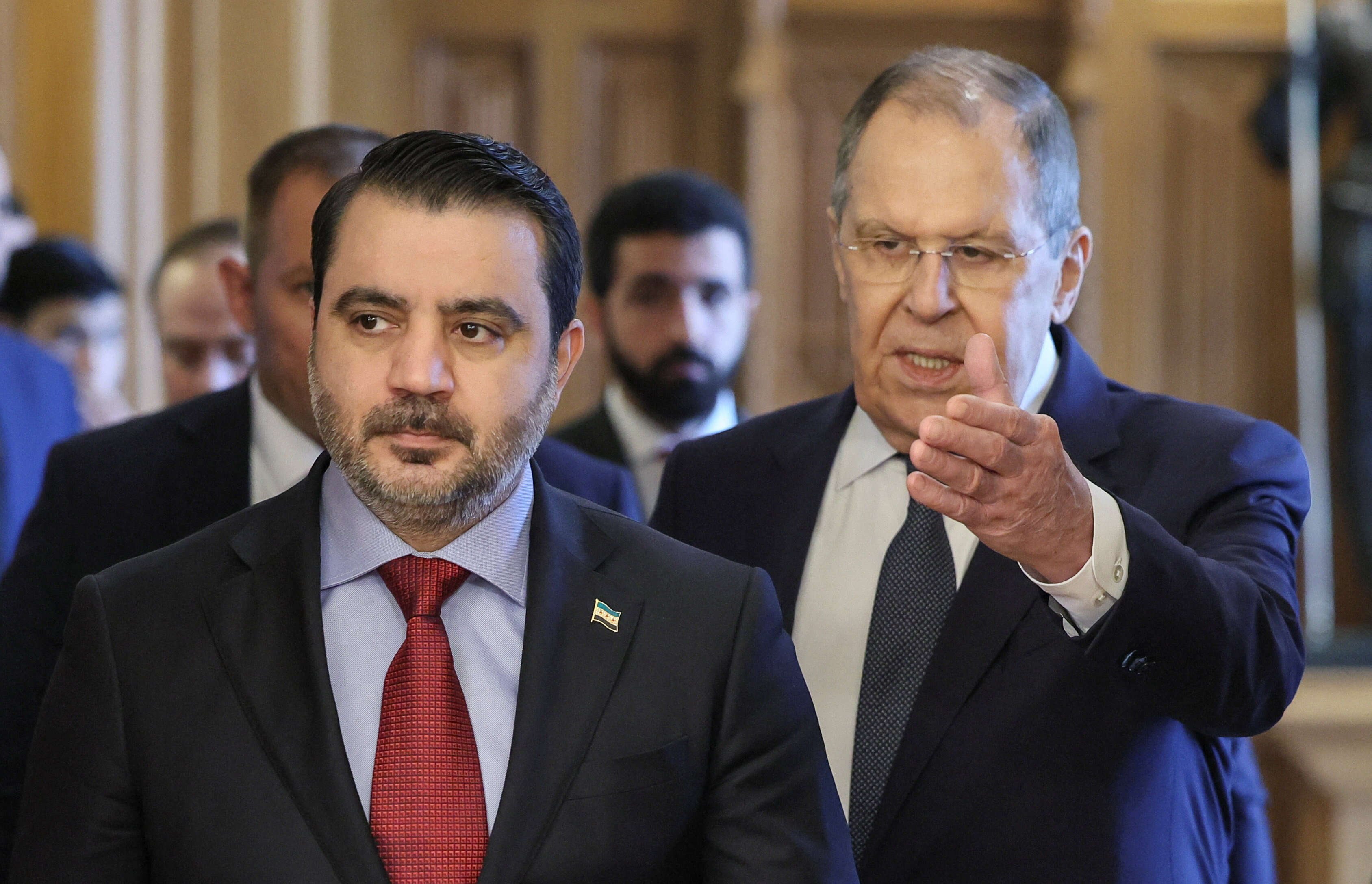
Adapting to Reality
Maen Tallaa, a senior researcher at the Omran Center for Strategic Studies, said that if Syria comes up in Putin–Trump talks, it will be tied to wider regional deals, including relations with Turkiye, efforts to curb Iran, and concerns over “Israel’s” influence.
“Iran sits at the top of the agenda for Russian-American discussions in the Middle East,” he told Al-Estiklal.
“It is clear Russia has begun adapting to the new reality in Syria and engaging with the Damascus government, whether in supporting stability or addressing issues linked to the military situation, including the maintenance of some Russian bases in southern Syria.”
“Russia is also seeking to establish a balance with Israel and to secure a resolution regarding the fate of its airbase in Hmeimim near Latakia and its naval base in Tartus,” the researcher added.
Observers suggest that Russia could pressure the Israeli Occupation, which withdrew from the disengagement agreement signed with Syria in 1974, the day after Assad’s fall, to stop repeated violations that threaten the country’s stability and territorial integrity.
Since that time, the Israeli Occupation army has conducted near-daily ground incursions into Syrian territory, attacking and bombing sites with frequent material and human losses.
“Israel” has also backed separatist movements in southern Syria, particularly in the Druze-majority Sweida governorate.
Some experts note that deploying Russian peacekeeping forces in the Golan Heights, a proposal Putin put forward in 2013, could now be an option for Damascus to restore that role amid current Israeli violations, especially given the positive relations between Moscow and Tel Aviv.
On July 17, 2025, the Russian Foreign Ministry condemned Israeli air raids on Syria, describing them as a violation of the country’s sovereignty and international law.
On July 28, the Kremlin announced that Putin had discussed the situation in Syria during a phone call with Israeli Prime Minister Benjamin Netanyahu. A statement said that Putin had emphasized the importance of preserving Syria’s sovereignty and strengthening internal political stability.
Observers argue that setting aside hostilities benefits both Damascus and Moscow. Syria, which is entering a phase of state-building and economic recovery, needs positive relations with the permanent members of the UN Security Council, including Russia.
Syria also needs to avoid Russia’s veto in order to lift certain UN sanctions. Resuming Russia’s traditional supplies of weapons, fuel, and wheat could provide a lifeline for a country of 23 million people, where 80% of the population lives in poverty.
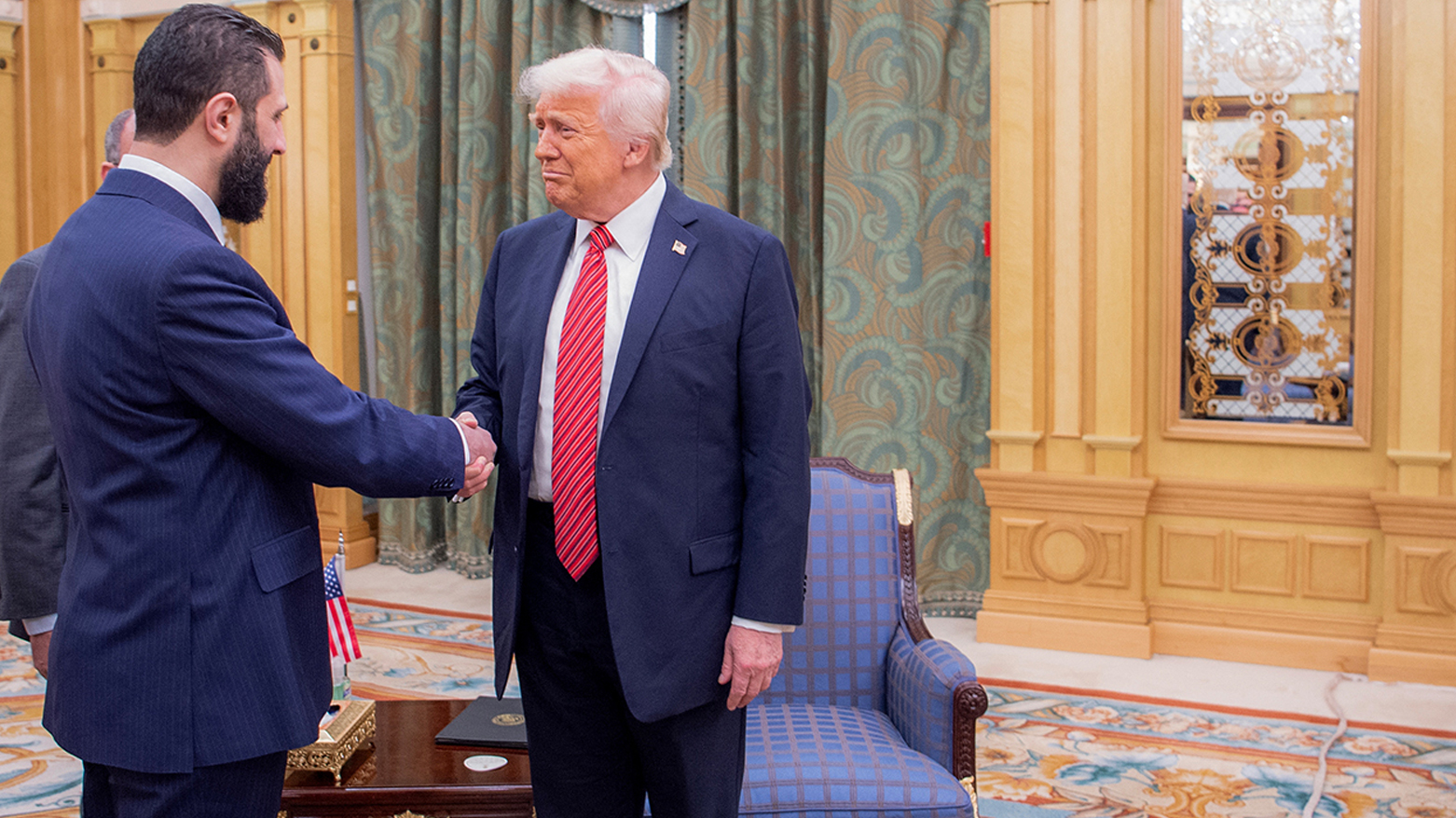
Playing the Cards
The shape of Russia’s Syria diplomacy will become clearer if al-Sharaa accepts Putin’s May 17, 2025, invitation to join Arab leaders and the Arab League chief at the first Russian-Arab summit on October 15, 2025, the Kremlin said.
Putin’s invitation to Arab leaders is widely seen as part of a broader Russian strategy to expand the country’s diplomatic presence and influence across the Arab world, positioning itself as a counterbalance to Western influence in the region, particularly that of the United States.
Nawar Shaban, a researcher at the Harmoon Center for Contemporary Studies, told Al-Estiklal that the United States remains key to improving relations between countries due to its global influence.
He noted that Russia’s current engagement in Syria is not only tied to its relationship with America. Moscow also faces challenges related to Syria’s rapprochement with Arab states, the European Union, and the United States.
Shaban added that Russia now recognizes that certain factors affect the shape of its presence in Syria and is therefore seeking to redefine the terms of its engagement.
“The meeting between Putin and Trump likely touched on the nature of Russia’s presence in Syria and framed the scope of its investment in the country,” he said.
“Russian presence in Syria is not only linked to the United States, given Damascus’s new allies among some Arab and European states that certainly oppose Russia’s military reestablishment there.”
Shaban noted that improved relations between Russia and the United States would positively influence the type of Russian presence in certain areas of Syria, such as the northeast, where the Syrian Democratic Forces operate.
Russia continues to use that presence to strengthen its negotiating position, both with the United States and the Syrian government.
“Russian forces in northeastern Syria are not there to support the Syrian Democratic Forces but serve as an effective bargaining chip with Europe, particularly in response to Europe’s hardline stance towards Moscow following the war in Ukraine,” the researcher concluded.
Sources
- Last-Minute Changes at the Trump-Putin Summit [Arabic]
- Russia's Putin meets Syrian FM in Moscow, Sharaa invited to Russia-Arab summit
- Putin Welcomes al-Shaibani as Damascus and Moscow Rebuild Their Ties After Assad [Arabic]
- Syria and Iran: Kremlin Reveals Details of Putin’s Call with Netanyahu [Arabic]
- Putin Calls al-Sharaa: Russia Ready to Assist Syria [Arabic]


